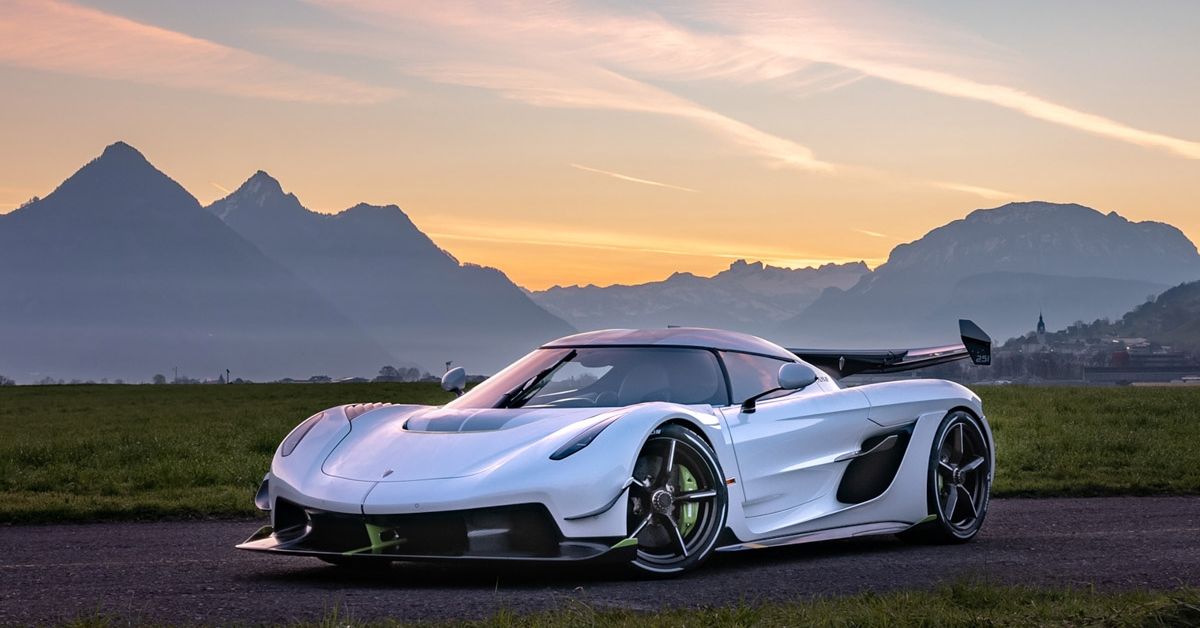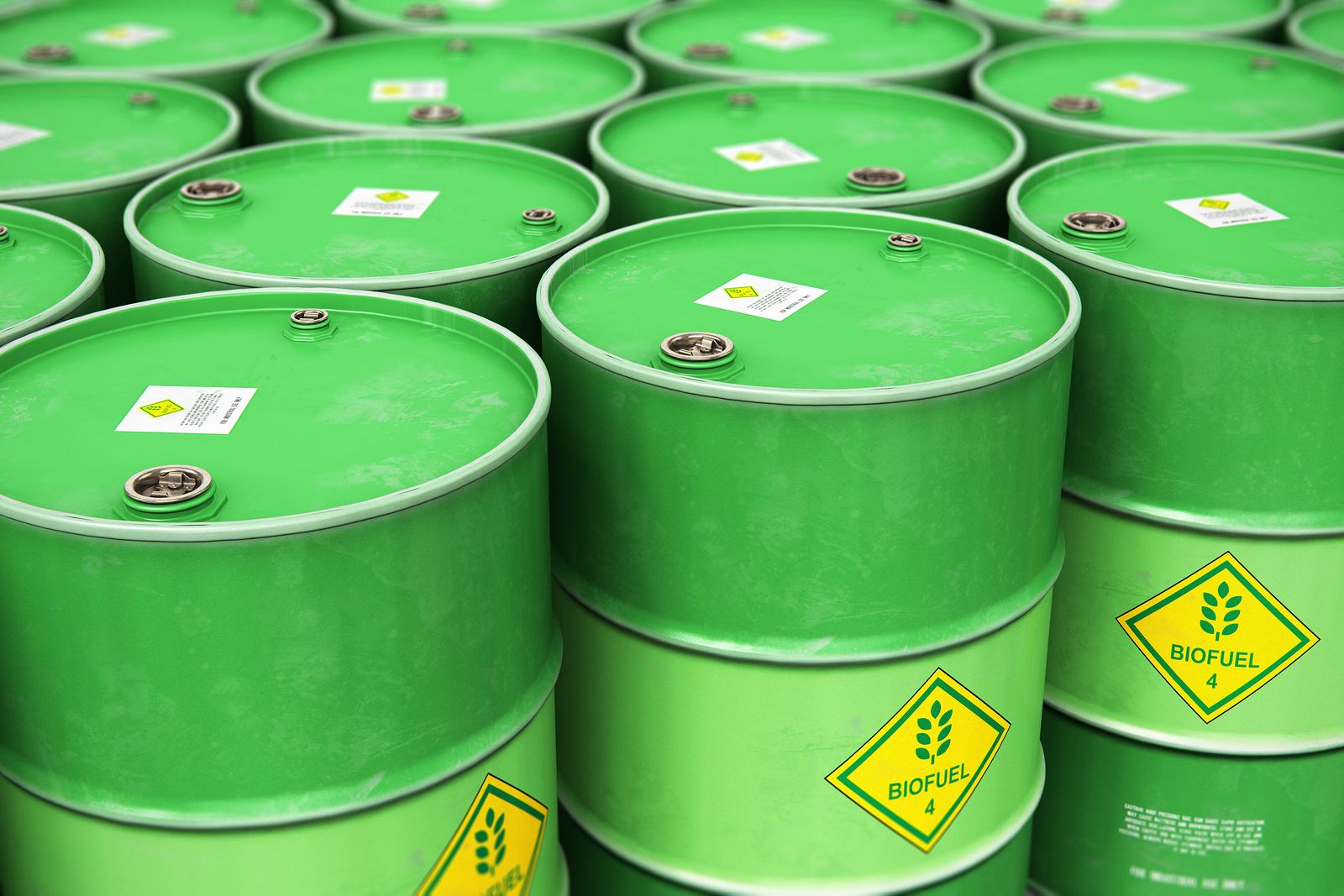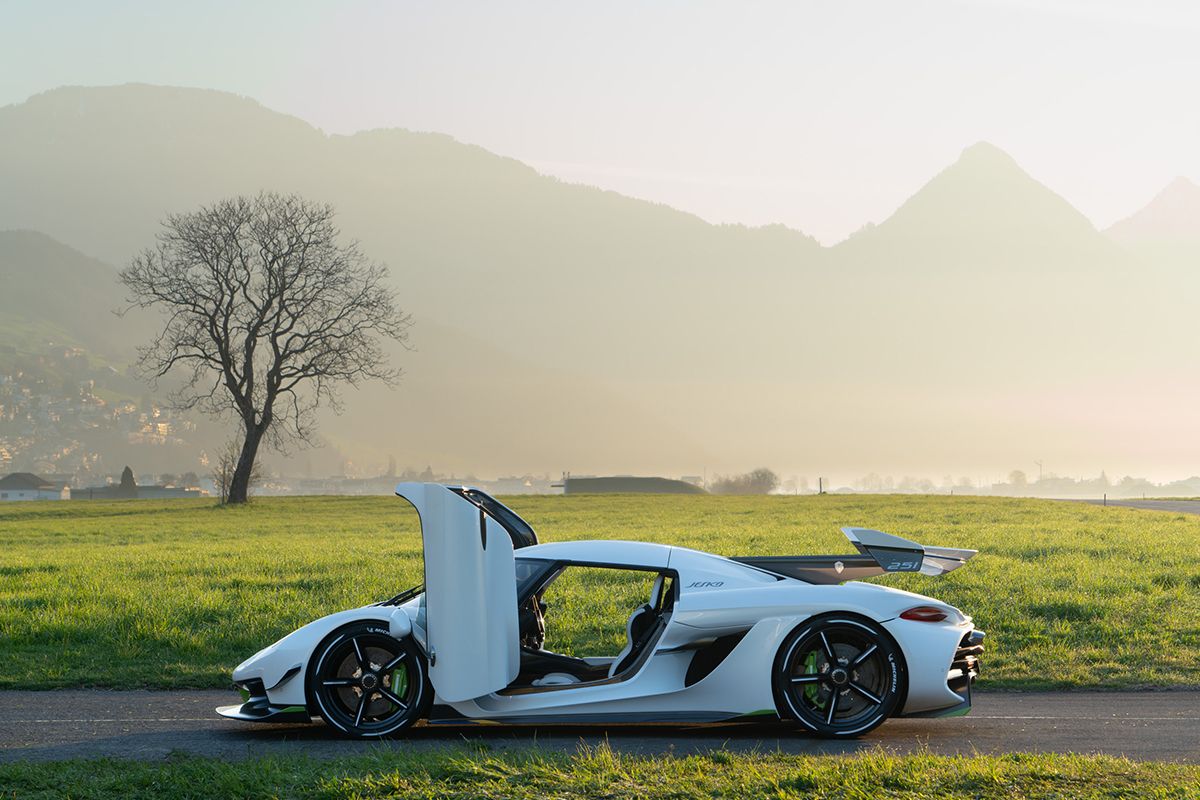In a world where the sustainability of resources comes under careful analysis, alternative sources of fuel are in high demand. The first use of biofuel dates back to the 1700s and was proposed as the source of fuel for the internal combustion engine of 1826. Henry Ford even foresaw the possibility of biofuel use. In 1925, Ford commented that “There is fuel in every bit of vegetable matter that can be fermented.”
As with most alternative energy proposals, its advantages and disadvantages are frequently debated. Widespread use of biofuels can potentially raise gas and food prices. Advocates for the use of plant-derived fuels, however, maintain that biofuels provide better fuel efficiency and drastically reduced emissions.
Let’s discover some details about how biofuel is made and what its current uses are today.
Types Of Biofuels And Efficiency
The patent for the first internal combustion engine in 1826 outlined the fuel type as a blend of natural ethanol and turpentine, a substance that can be extracted from pine trees. In the 1920s GM used ethanol, which acted as an anti-knock agent, to power their vehicles. Throughout history, major events have impacted the price and availability of oil, sparking concern, and the continued search for alternative fuel sources.
Various types of biofuels exist including ethanol, renewable hydrocarbon fuel, and biodiesel. According to the Department of Energy, over 98% of gas in the U.S. has a certain degree of ethanol content. FlexFuel vehicles have the ability to run on either gas or ethanol. The common E85 ethanol is a blend of 51-83% ethanol and gasoline. Most ethanol is created as a product of plant materials and biomass (organic materials).
Biodiesel is created from substances such as animal fat or cooking grease through chemical processing that involves alcohol. It has the advantages of decreased emissions along with a cleaner burn and biodegradable properties. Hydrocarbon-based fuels can also be produced from biomass.
In addition to the lower emissions that these fuel types provide, they reduce the release of toxic chemicals such as benzene. Engines can also run cooler with these fuels, another reason why ethanol is frequently used for racing applications. The oxygen content of ethanol promotes thorough fuel oxidation and limits the emission of toxic hydrocarbons and carbon monoxide.
Converting Biomass Into Ethanol
Through the metabolic process of fermentation, plant sugars can be converted into ethanol. Creating pure, useable biofuel is the result of a multi-step process in which feedstock is converted to intermediates and the ultimate product. Feedstock includes core materials such as organic waste, agricultural byproducts, crops, plant matter (including algae). Through thermochemical and biochemical processes (usually deconstruction) this creates intermediates.
For each different type of starting product, there is a different intermediate. These can include sugars, gas mixtures, and chemicals. Through final processing, these crude intermediates are converted into pure fuels and energy.
The fuel can provide a significant performance boost. Ethanol has a higher heat of vaporization, leading to higher charge density and volumetric efficiency. The results can include substantial increases in torque and horsepower.
Formula 1 announced an initiative to “lead the charge to use biofuels” as a result of increased efficiency and reduced emissions. NASCAR incorporates the use of ethanol as well, having used E15 since 2011. Ethanol content can vary greatly even within a certain rating. Holley offers a test vial that can determine the ethanol content of your fuel by mixing it with water.
Deconstruction Yields Renewable Energy
There are three main methods of "deconstruction", which is the process used to convert the raw materials into crude oil. These are pyrolysis, hydrothermal liquefaction, and gasification. Pyrolysis involves heating the biomass in an oxygen free, high temperature environment. Prior to final processing, crude oil is produced from the removal of char, a product of the pyrolysis reaction.
Biomass can also undergo gasification, in which certain amounts of oxygen react with the feedstock at or above 700ºC to produce carbon monoxide and hydrogen. Of all the processes, liquefaction employs the lowest temperatures (200-350°C) and incorporates high pressures. Processes that don’t involve the use of high temperatures employ enzymes or chemical reactants instead.
The 1,600-HP Biofuel Supercar
The sustainability of biofuels and their impact on food cost has been debated. While some suggest that it could cause a huge surge in the cost of commodities such as corn and soybeans, others consider the figures much too dramatic. Biofuels can be produced from a variety of sources including organic waste that would otherwise be discarded.
In terms of accessibility, biofuel has established roots throughout multiple countries. There are approximately 307 biodiesel refueling stations in the U.S., according to the Alternative Fuels Data Center.
In 2007, Koenigsegg released the biofuel-powered CCXR supercar with 1018hp and 1060nm of torque. The car, which was said to reach 100mph in just 2.9 seconds, highlighted the unique abilities of ethanol in high-powered vehicles. The use of ethanol in E85 fuels provides a higher octane rating and enhanced performance. The Koenigsegg Jesko was released in 2019, a powerful supercar with a 5.0L twin turbo V8. Running on traditional gas, the Jesko makes 1280HP; Using E85, the supercar makes 1600HP.





